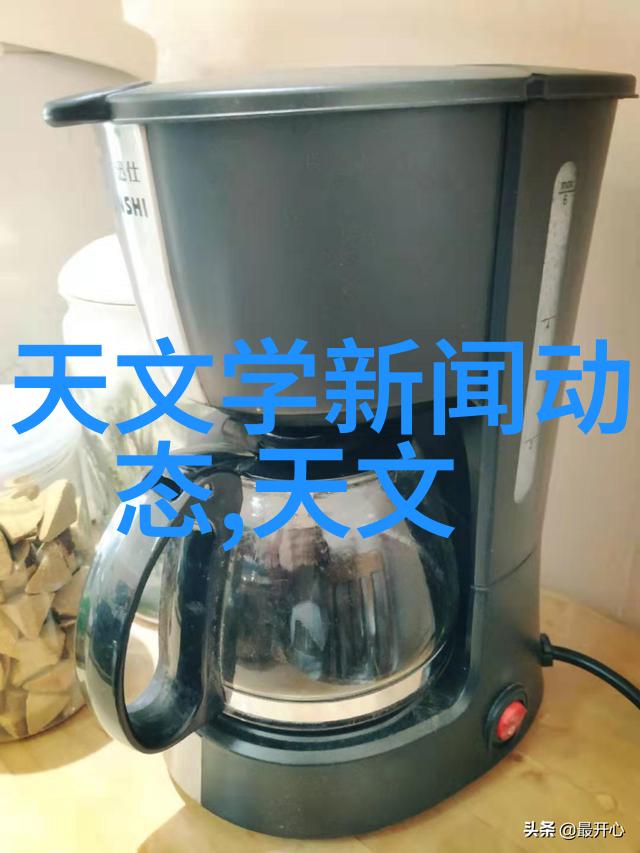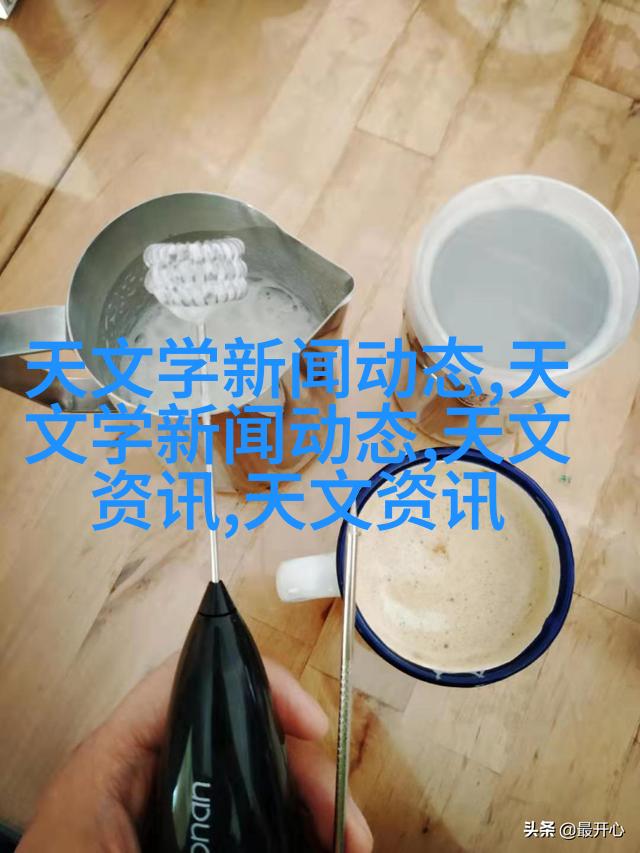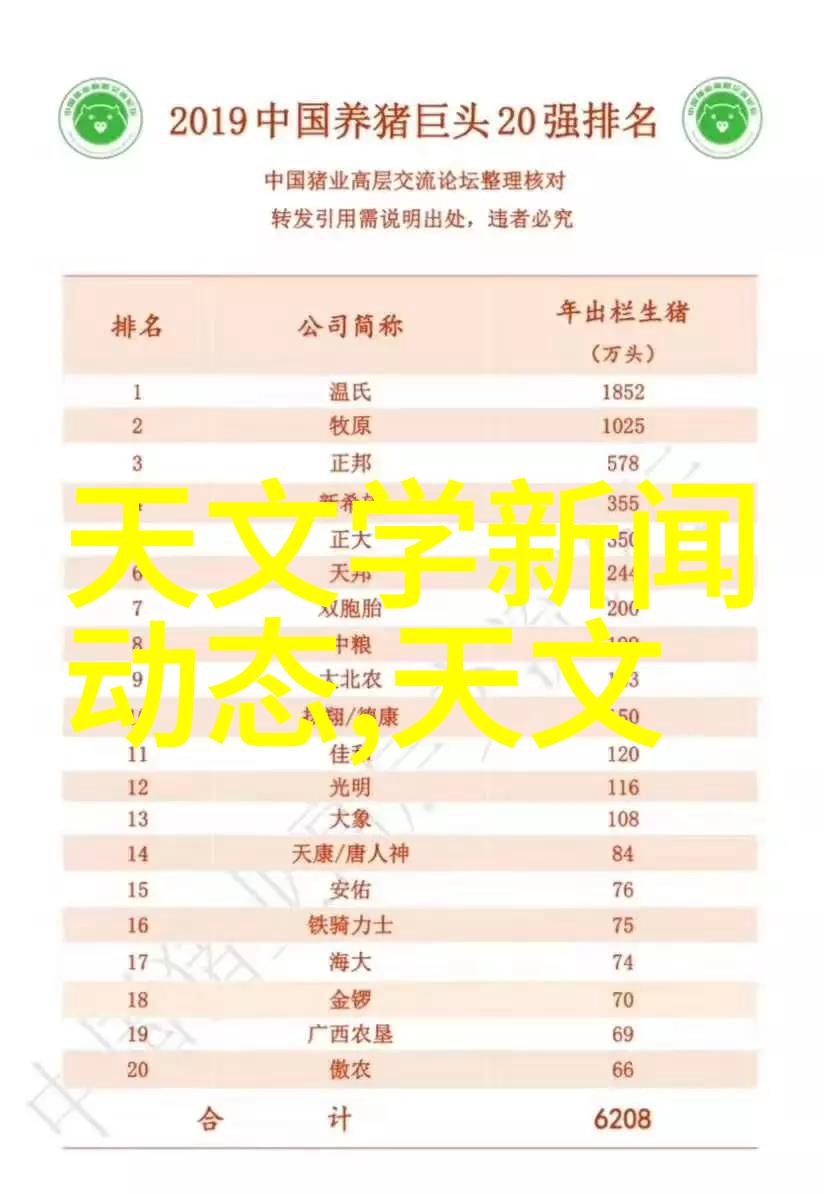酸性废气处理技术与实践:从捕集到中和的全过程探究

捕集阶段的关键
在对酸性废气进行处理之前,首先需要确保其能够被有效捕集。这种捕集通常是通过专门设计的设备,如吸收塔、喷雾塔或过滤系统来实现。这些设备能够有效地将酸性废气引入并保持在一定时间内,使得接下来的处理步骤更加高效。

中和剂选择与配比
对于已被捕集的酸性废气,接下来需要使用中和剂将其中和至适宜水平。这通常涉及到选择合适的碱类物质,如氢氧化钠(NaOH)或碳酸氢钠(HCO3-),以抵消原有废气中的酸性成分。在实际应用中,正确配比是非常重要的一环,以确保最小化浪费,同时避免产生新的污染物。

过程控制与监测
acid gas treatment process control and monitoring are crucial to ensure the effectiveness of the treatment method. The process parameters such as temperature, pressure, flow rate, and pH value need to be continuously monitored and controlled during the treatment process.

后续处理措施
After neutralization, it's essential to consider additional steps for further treating or disposing of the resulting waste streams if necessary. For instance, some treated wastewater may still contain high levels of suspended solids or other contaminants that require additional filtration or biological treatments before discharge into water bodies.

设备维护与更新
Regular maintenance is vital for ensuring optimal performance and longevity of equipment used in acid gas handling processes. This includes routine inspections for wear and tear on components like pumps, valves, and scrubbers as well as upgrading outdated technology with more efficient alternatives when needed.
环境影响评估与管理策略制定
Environmental impact assessments should be conducted to evaluate potential risks associated with different acid gas handling methods under various scenarios based on factors such as chemical composition, volume rates etc., thus providing a basis for developing comprehensive management strategies that minimize harm while maximizing efficiency in pollution prevention efforts



